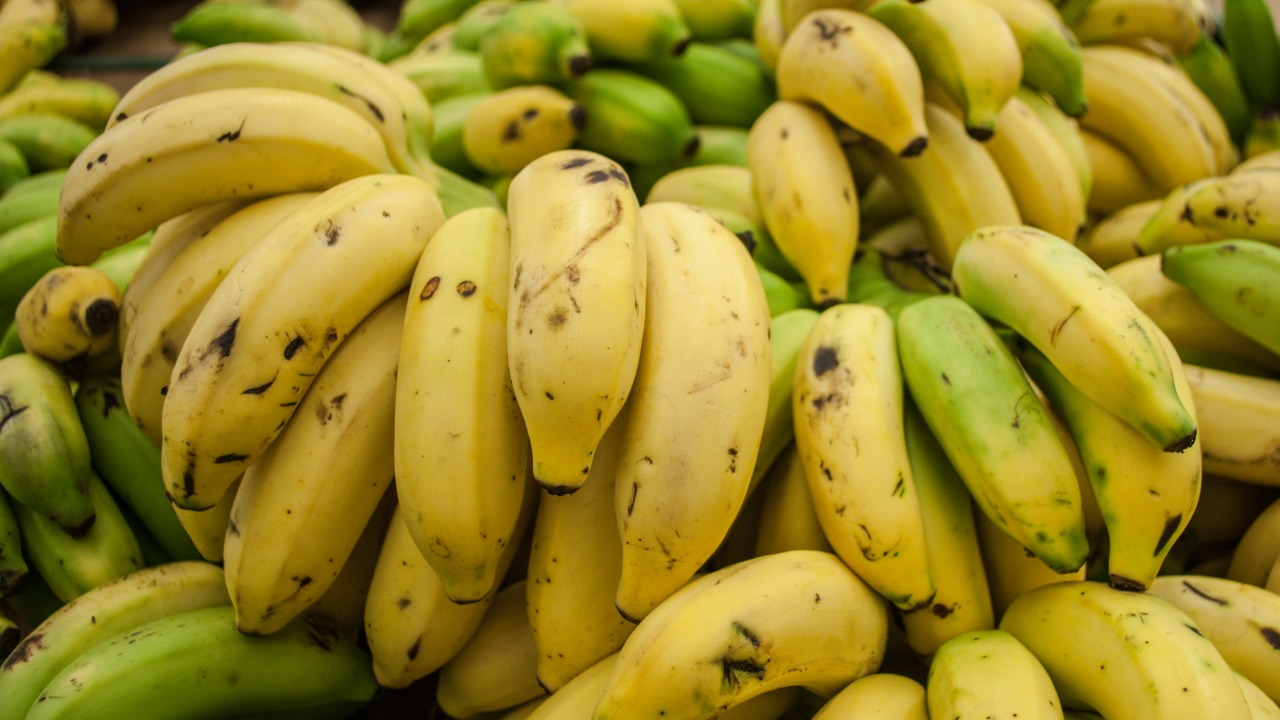
After more than 75 years without a new commercial banana variety, the first innovative cultivar designed to resist browning is poised for market release next year. This development promises to transform the global fruit industry by addressing a key consumer pain point in freshness and appeal. The introduction of this new banana variety marks a significant milestone in agricultural innovation, offering a solution to the longstanding issues of spoilage and limited genetic diversity in banana production.
The Legacy of Banana Monoculture
The Cavendish banana has dominated the commercial market since the mid-20th century, replacing the Gros Michel variety, which fell victim to Panama disease. This shift led to a lack of genetic diversity in global banana production, making the industry vulnerable to diseases and limiting innovation. The Cavendish’s rise to prominence came after the Gros Michel was commercially wiped out by Fusarium wilt in the 1950s, a crisis that underscored the risks of monoculture farming. The reliance on a single banana type has persisted for decades, leaving the industry exposed to similar threats.
Historically, the banana industry has faced significant challenges due to its dependence on a single variety. The 75-year gap since the last major commercial introduction around 1950 highlights the industry’s struggle to innovate and diversify. This lack of genetic diversity has made bananas particularly susceptible to diseases, such as the Tropical Race 4 (TR4) fungus, which poses a severe threat to the Cavendish variety. The introduction of a new banana variety could help mitigate these risks by providing an alternative that is more resistant to disease and spoilage.
Challenges Facing the Modern Banana Industry
The Cavendish banana’s vulnerability to emerging threats like the TR4 fungus has been a growing concern since the 1990s. This fungus has devastated plantations in Asia and Australia and continues to spread globally, threatening the $15 billion banana trade. The economic impact of such diseases is significant, with annual losses from disease and spoilage estimated in billions. The rapid enzymatic browning of bananas upon cutting or bruising further exacerbates these losses, reducing shelf life and consumer preference in markets worldwide.
Post-harvest issues, such as rapid browning, are a major concern for the banana industry. This process not only affects the fruit’s visual appeal but also its marketability, leading to substantial economic losses. The introduction of a new banana variety that resists browning could significantly reduce these losses by extending the fruit’s shelf life and maintaining its appeal to consumers. This innovation represents a critical step forward in addressing the industry’s longstanding challenges and improving the sustainability of banana production.
Development of the New Anti-Browning Banana
The development of the new banana variety involved a rigorous breeding process, focusing on inhibiting the polyphenol oxidase enzymes responsible for browning. Organizations like the University of Leuven in Belgium have played a key role in this process, utilizing genetic modifications or selective breeding techniques to achieve the desired traits. Initial lab trials in the 2010s paved the way for field testing, culminating in regulatory approval for commercial planting. This new variety is engineered to maintain its appearance for up to twice as long as standard bananas, offering a significant advantage in terms of shelf life and consumer appeal.
Key milestones in the development of this banana include successful lab trials and field testing, which demonstrated the variety’s resistance to browning. The regulatory approval for commercial planting marks a significant achievement, allowing for the planned market rollout in 2025. This new banana variety is expected to revolutionize the industry by providing a more durable and visually appealing product, addressing a major consumer pain point and reducing food waste.
Features and Benefits of the Upcoming Variety
The core innovation of the new banana variety lies in its ability to stay white and firm after slicing for hours, making it ideal for salads, smoothies, and ready-to-eat products. This non-GMO banana retains the sweetness and potassium content of the Cavendish while enhancing its visual appeal. The new variety’s slower browning rates offer a significant advantage in terms of shelf life and consumer satisfaction, addressing a key issue that has long plagued the banana industry.
In addition to its improved appearance, the new banana variety is developed with sustainability in mind. By avoiding the monoculture pitfalls of past varieties, this innovation contributes to greater biodiversity in banana farming. The introduction of this new variety is expected to have a positive impact on the environment, promoting sustainable farming practices and reducing the industry’s reliance on a single type of banana.
Market Rollout and Future Implications
The planned 2025 launch of the new banana variety will begin with trials in select European and U.S. markets before expanding globally. This rollout is expected to drive significant industry shifts, including increased demand from food processors and reduced food waste. The new variety is projected to capture a market share growth of 10-20% within five years, highlighting its potential to transform the banana industry and address longstanding challenges.
The broader impacts of this innovation extend beyond the immediate market benefits. By contributing to biodiversity in banana farming, the new variety helps mitigate the risks associated with monoculture and enhances the industry’s resilience to climate-related disease pressures. This development represents a significant step forward in the evolution of banana production, offering a more sustainable and appealing product for consumers worldwide.
For more detailed information on the development and implications of the new banana variety, visit ZME Science.